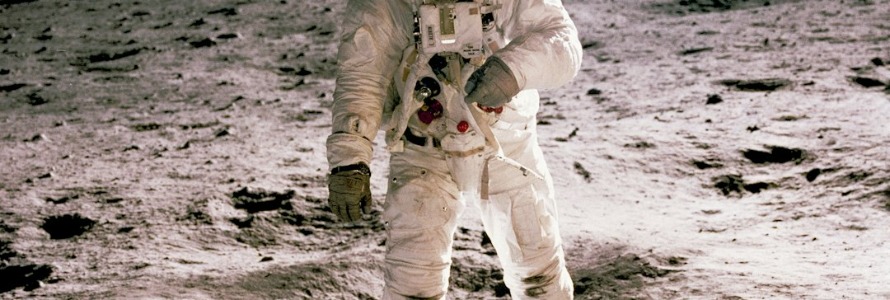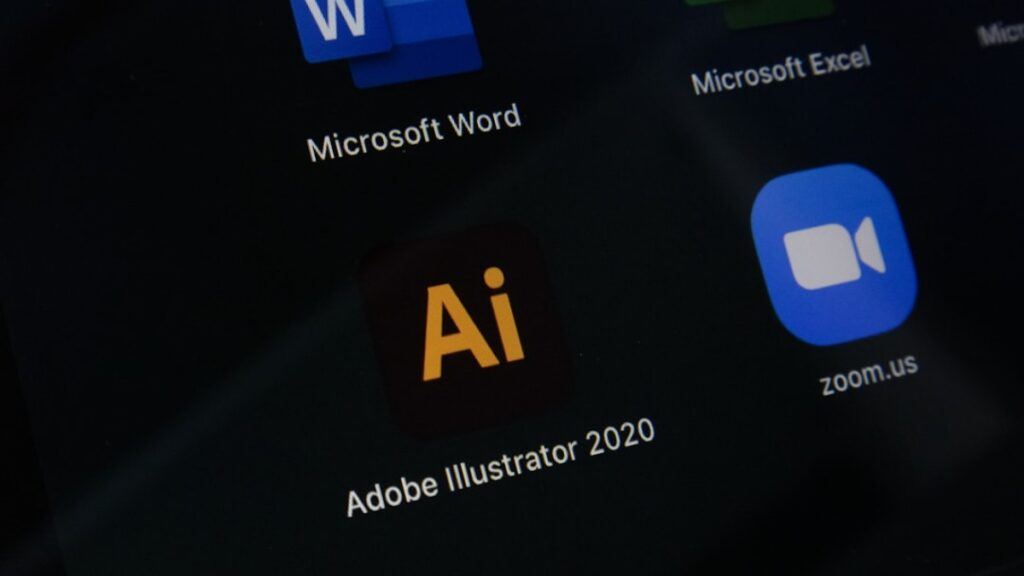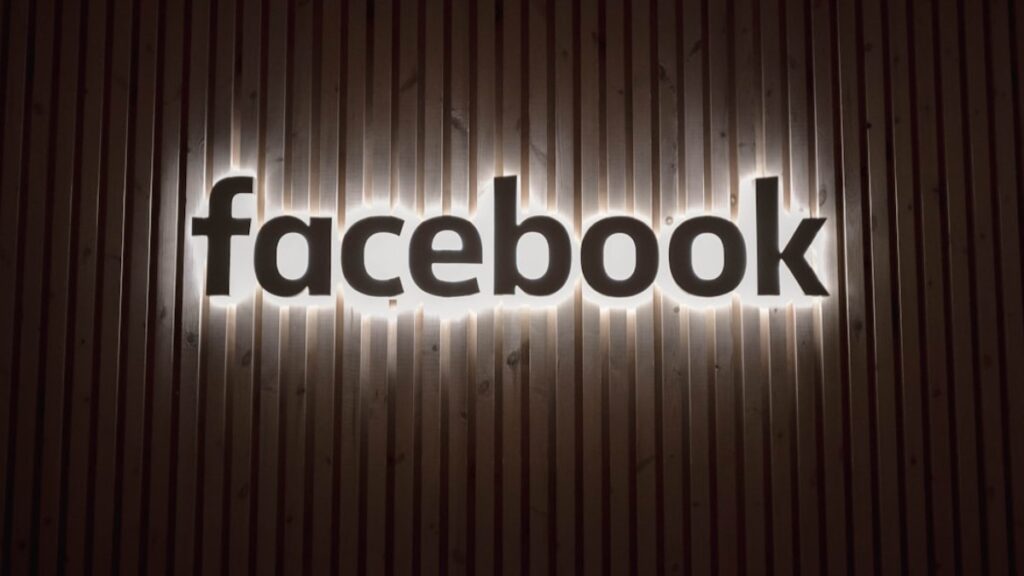
The history of computing is a fascinating journey filled with brilliant minds, groundbreaking discoveries, and revolutionary technologies. As someone who has always been captivated by the power of technology, I find myself drawn to the stories of the codebreakers who paved the way for the modern digital world. In this article, I will share my personal experiences and reflections on the remarkable history of computing, highlighting key moments and influential figures that have shaped this ever-evolving field.
My Introduction to Computing
My fascination with computing began at a young age when I first laid hands on an old, beige-colored desktop computer. I was mesmerized by its ability to perform complex calculations, display vibrant graphics, and connect to the vast expanse of the internet. Little did I know that this machine was the result of decades of innovation and ingenuity by a myriad of visionaries and codebreakers.
Early Beginnings
The roots of computing can be traced back to ancient civilizations that developed rudimentary methods for calculations and record-keeping. The abacus, an ancient counting device, is one of the earliest known tools for computation. However, it wasn’t until the 17th century that mechanical calculating devices began to emerge.
Blaise Pascal and the Pascaline
One of the pioneers of early computing was Blaise Pascal, a French mathematician, physicist, and inventor. In 1642, Pascal developed the Pascaline, a mechanical calculator capable of performing basic arithmetic operations. This device, though primitive by today’s standards, laid the groundwork for future advancements in mechanical computation.
Charles Babbage and the Analytical Engine
Fast forward to the 19th century, and we encounter Charles Babbage, often referred to as the “father of the computer.” Babbage conceptualized the Analytical Engine, a mechanical device designed to perform any mathematical calculation. Although the Analytical Engine was never fully constructed during Babbage’s lifetime, its design included key components such as a central processing unit (CPU), memory, and input/output mechanisms, which are fundamental to modern computers.

The Dawn of Modern Computing
The 20th century marked a significant turning point in the history of computing, with the advent of electronic devices that revolutionized the field.
Alan Turing and the Turing Machine
As a college student studying computer science, I was profoundly inspired by the work of Alan Turing, a brilliant British mathematician and logician. Turing’s groundbreaking paper, “On Computable Numbers,” introduced the concept of the Turing machine—a theoretical device capable of performing any computation that can be algorithmically defined. This concept formed the basis of modern computer science and laid the foundation for the development of digital computers.
The Enigma Code and World War II
One of the most captivating stories in the history of computing is the role of codebreakers during World War II. The German military used the Enigma machine to encrypt their communications, making it nearly impossible for the Allies to decipher their messages. However, a group of brilliant mathematicians and cryptanalysts, including Turing, worked tirelessly at Bletchley Park to crack the Enigma code.
The success of these codebreakers not only shortened the war but also showcased the immense potential of computational devices. The efforts at Bletchley Park led to the development of the Colossus, one of the world’s first programmable electronic computers, which played a crucial role in deciphering encrypted messages.
The Birth of the Modern Computer
The post-war period witnessed rapid advancements in computing technology, leading to the development of the modern computer as we know it today.
The ENIAC and John von Neumann
In 1946, the Electronic Numerical Integrator and Computer (ENIAC) was unveiled at the University of Pennsylvania. The ENIAC, designed by John Presper Eckert and John Mauchly, was the first general-purpose electronic digital computer. It could perform a wide range of calculations at unprecedented speeds, marking a significant leap forward in computing capabilities.
During this time, John von Neumann, a Hungarian-American mathematician, proposed the architecture that underpins most modern computers. The von Neumann architecture introduced the concept of stored programs, allowing computers to store and execute instructions from memory. This innovation transformed computers from specialized calculating machines into versatile devices capable of running diverse applications.

Personal Computing Revolution
As I continued my journey in the world of computing, I witnessed firsthand the transformative impact of personal computers.
The Altair 8800 and the Rise of Personal Computers
In 1975, the Altair 8800, often considered the first personal computer, was introduced by Micro Instrumentation and Telemetry Systems (MITS). The Altair 8800’s affordability and accessibility sparked a wave of enthusiasm among hobbyists and enthusiasts, paving the way for the personal computing revolution.
Apple, Microsoft, and the Software Revolution
The late 1970s and early 1980s saw the emergence of iconic tech giants like Apple and Microsoft. Steve Jobs and Steve Wozniak co-founded Apple Inc. and introduced the Apple II, a user-friendly personal computer that became immensely popular. Meanwhile, Bill Gates and Paul Allen founded Microsoft, developing the MS-DOS operating system that became the foundation for countless PCs.
My First Personal Computer
I still remember the excitement of unboxing my first personal computer, an early IBM PC clone. The thrill of booting it up, experimenting with different software, and exploring the endless possibilities of this powerful machine was an experience that profoundly shaped my passion for computing.
The Internet and the Digital Age
The advent of the internet brought about a new era of connectivity and information exchange, fundamentally transforming the landscape of computing.
Tim Berners-Lee and the World Wide Web
In the late 1980s, Tim Berners-Lee, a British computer scientist, invented the World Wide Web, revolutionizing the way we access and share information. The web, built on the foundation of hypertext and the internet, enabled the creation of websites, online services, and digital communication on a global scale.
The Dot-Com Boom and Beyond
The 1990s saw the explosion of the dot-com boom, with countless internet-based companies emerging and reshaping industries. As a young tech enthusiast, I was captivated by the rapid advancements and opportunities presented by the digital age. The rise of e-commerce, social media, and cloud computing transformed the way we live, work, and interact with technology.

Reflections on the Present and Future
Today, computing is an integral part of our daily lives, from smartphones and wearable devices to artificial intelligence and quantum computing. As I reflect on the incredible journey of computing, I am filled with a sense of awe and gratitude for the codebreakers and pioneers who paved the way for the modern digital world.
Embracing Innovation
The history of computing is a testament to the power of human ingenuity and the relentless pursuit of innovation. From the early mechanical calculators to the sophisticated quantum computers of today, each breakthrough has brought us closer to realizing the full potential of technology.
My Continued Passion for Computing
As a lifelong learner and technology enthusiast, I continue to be inspired by the ever-evolving field of computing. I am excited to witness the next wave of innovations and to contribute, in my own small way, to the ongoing story of computing.
Conclusion
The history of computing is a rich tapestry woven with the contributions of countless visionaries, codebreakers, and pioneers. Their collective efforts have transformed the world in unimaginable ways, opening up new possibilities and shaping the future of technology. As we look ahead, let us celebrate the legacy of these trailblazers and embrace the boundless potential of computing to create a better, more connected world.


